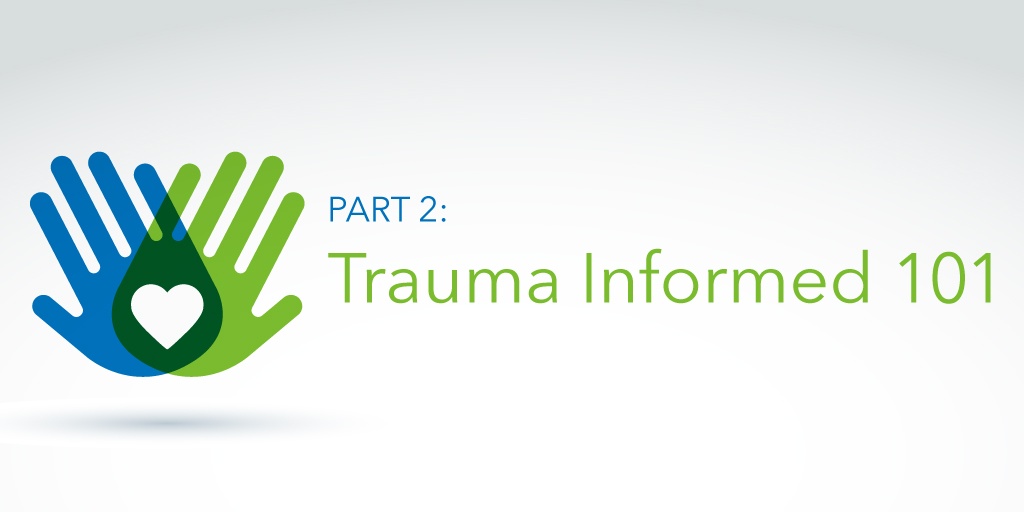Trauma Responsive: Best Practices for All Students
In the first part of our trauma-informed series, we defined the term and discussed best practices for working with students in trauma. For many educators, after we read the research supporting trauma-informed practices, we are quickly convinced that we need to act. The data strongly supports intervening early for students and with a therapeutic approach (instead of a punitive one).
Teachers who have taught students who have experienced toxic stress know how challenging it can be. I know after some of my experiences from the past five years, I said to myself, “There must be a better way.” A trauma-informed response is that better way. But how do we know who to target? Where do we start? And what do we do?
One question that typically comes up early in the process when talking about being “trauma informed” is, “How do I know which kids have had trauma and which haven’t—especially when I don’t know the students at the start of the year?” I think the best response to this that I have heard is to treat them all like they have experienced trauma. This shows a deep understanding of what trauma informed really means. Most of the best practices are universal best practices and are not necessarily based on which kids have had “the most” or “the least” amount of trauma. Being a trauma-responsive teacher doesn’t require sorting all the kids on the first day by the “trauma” they have had. Students respond differently to their past experiences, so it isn’t critical to know the ACE score for each student.
Supporting Student Well-Being
The practices for being trauma responsive are really universal, best practices for students. If we see trauma responsive strategies as “coddling, enabling, or soft,” we don’t really understand what trauma informed means. By being trauma responsive, we are using best practices and putting the student—not the adult—at the center of the behavioral situation. This takes a mindset shift; moving away from a classroom where we motivate through consequences and rewards toward a classroom that supports student well-being to make healthy and beneficial choices.
If a teacher believes there can be a better way to work with student behavior, what is that better way? Here are some examples of what it can look like in a classroom:
- Meeting students’ needs: Students come to us each day in all states of readiness to learn. Some are hungry, some are tired, some have been through trauma the night before, and some are struggling with other mental health issues. What is a teacher to do? Think about each of these needs (consider Maslowe’s Hierarchy of Needs) and address them as best you can. Make sure breakfast is available and an option. Give students active learning to help them warm up their brains. And most importantly, give students a way to verbalize the stress they may be feeling. This isn’t always for the teacher to do—it could come from a social worker or counselor, but it is an important factor when getting students ready to learn.
- Behavior as a form of communication: If students are really struggling with their behavior, they may be looking to fight or argue, seem really angry or really withdrawn, or can’t seem to focus at all. This isn’t always just noncompliance. Think of it as a form of communication—what is the student trying to say? Again, as stated above, this isn’t always the teacher’s job to find out what the message is. The point is that there is a message, not just a “fit” or a “bad attitude.” This is really what being trauma informed is all about, believing that students are doing their best and that “misbehavior” isn’t always a conscious choice for them.
- Knowing what works: The best practice strategies for being trauma responsive typically flow out of the two previous points: meeting students’ basic needs and helping them verbalize feelings to help regulate behavior. Using the Zones of Regulation is one tool for helping students to develop regulation tools. Teachers also use mindfulness techniques such as relaxation, meditation, and yoga to help students cope with their stress.
- Connection with home: We must have an expectation that parents and caregivers who know better will do better. We cannot come from a judgement point of view or dictate what must be done at home, but we should try to partner with parents on the journey to help the student. There are numerous programs that are worth considering on a school-wide level that can support parents to support students.
We have covered just the tip of the iceberg with trauma-responsive practices. There are many great tools available for teachers to help meet the needs of all of our students, especially those who need a new approach to their behavior. Missed the first part of this series? Check it out here. And for more teaching tips all year long, be sure to subscribe to the Educator blog.




